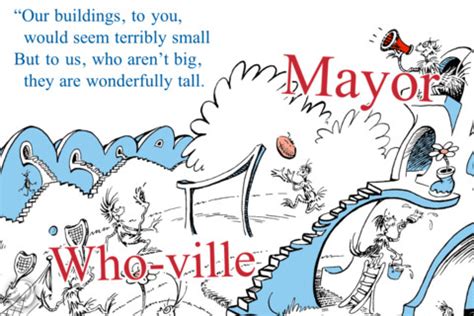
Project Title: Clay Animals and Dr. Seuss. Also, see our translation 黏土動物和 Dr. Seuss
Description: Use Dr. Seuss’ Horton Hears a Who to talk about appreciation for small animals and the role that they play in our ecosystem. A great introduction to compassion for life on earth.
Project Ideas: compassion, empathy, literacy, intrapersonal, interpersonal
Author: Alysia
Grade level or Target Age Range: Elementary grades 3-5
Historical Art Examples or References: Photos of small animals in different habitats.
Montessori – what is botany? an introduction to the field
Vocabulary: Ecosystem, animals, appreciation, compassion
Materials: Dr. Seuss’ Horton Hears a Who and clay.
Optional: protective material for table tops.
Anticipatory Set: Question: Are small animals important? How do small animals help us?
Demo/Directions:
- Introduce Dr. Seuss. (1-2 minutes) Discuss author and his work. If age appropriate, teacher may delve into the political side of Dr. Seuss’ work.
- Read or summarize Horton Hears a Who. (10-15 minutes)
- Talk about appreciation for small animals and the role that they play in our ecosystem and why Horton decided to save something so tiny (3-5 minutes)
- Demo a few small clay animals. Children may also create a “Who-ville.” Examples: mice, snakes, snails, etc. (3-5 minutes)
- Children can proceed to create animals. (10-15 minutes)
- Share and discuss. (10 minutes)
Allow the children to introduce their animals and habitat, if applicable.
Discussion:
Discuss why it is important to take care of all creatures. For older children, ask what the message is behind the story. Discuss how Dr. Seuss used his words to talk about serious messages and current events.Instructional Reflection:
- Students will need developed fine motor skills to successfully complete this project.
- Messages behind the story may not be particularly successful with children under the 3rd /4th grade.
- Simple animals such as: snakes, snails, spiders may be best for smaller children to create.
- Dr. Seuss’ books are rather long, so this lesson is not ideal for a time restricted class.

